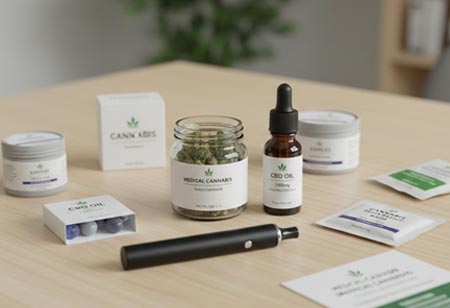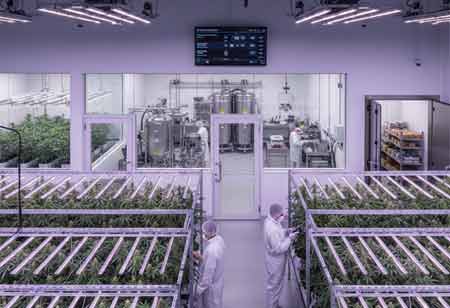Thank you for Subscribing to Cannabis Business Insights Weekly Brief
Cannabis Packaging: Striking a Balance Between Safety and Sustainability
As the cannabis industry expands, stakeholders are grappling with creating packaging that ensures product safety.

By
Cannabis Business Insights | Friday, August 25, 2023
Stay ahead of the industry with exclusive feature stories on the top companies, expert insights and the latest news delivered straight to your inbox. Subscribe today.
Cannabis packaging is at the forefront of discussions surrounding responsible consumption, environmental impact, and regulatory compliance.
FREMONT, CA: As the cannabis industry expands, stakeholders are grappling with creating packaging that ensures product safety, meets regulatory requirements, and minimises its ecological footprint.
Ensuring product safety is a top priority in cannabis packaging. Child-resistant packaging is a legal requirement in many regions to prevent accidental consumption by children. Manufacturers are designing innovative packaging solutions that deter young children from accessing cannabis products while remaining user-friendly for adults. This delicate balance between safety and accessibility is crucial to meeting regulatory mandates and safeguarding public health.
However, the pursuit of safety has raised concerns about the excess use of plastic and non-recyclable materials in packaging. The cannabis industry is scrutinised to reduce its environmental impact and adopt sustainable practices. Stakeholders are exploring alternative packaging materials, such as compostable plastics, glass, and paper, to minimise the industry's contribution to plastic waste.
Furthermore, the diverse range of cannabis products presents unique packaging challenges. Edibles, vape cartridges, concentrates, and flowers require different packaging considerations to maintain freshness, prevent contamination, and comply with regulatory requirements. Manufacturers strive to develop packaging solutions that cater to the specific needs of each product category while remaining mindful of sustainability goals.
Regulatory requirements vary significantly from region to region, adding complexity to cannabis packaging. Labels must convey essential information such as potency, dosage, ingredients, and health warnings. Navigating these regulations while maintaining clear, informative, and visually appealing packaging is a considerable challenge for businesses operating in multiple markets.
As the cannabis industry evolves, collaborative efforts among stakeholders are essential. Producers, regulators, and environmental advocates are engaging in discussions to identify best practices and standards for sustainable cannabis packaging. Sharing insights and innovations can drive the adoption of eco-friendly materials and design solutions that prioritise safety and environmental responsibility.
In conclusion, cannabis packaging is transforming to balance product safety, regulatory compliance, and environmental sustainability. As the industry grows, stakeholders are challenged to create packaging solutions that meet these diverse requirements. Integrating innovative materials, design strategies, and collaborative initiatives will be key to shaping the future of responsible cannabis packaging.






